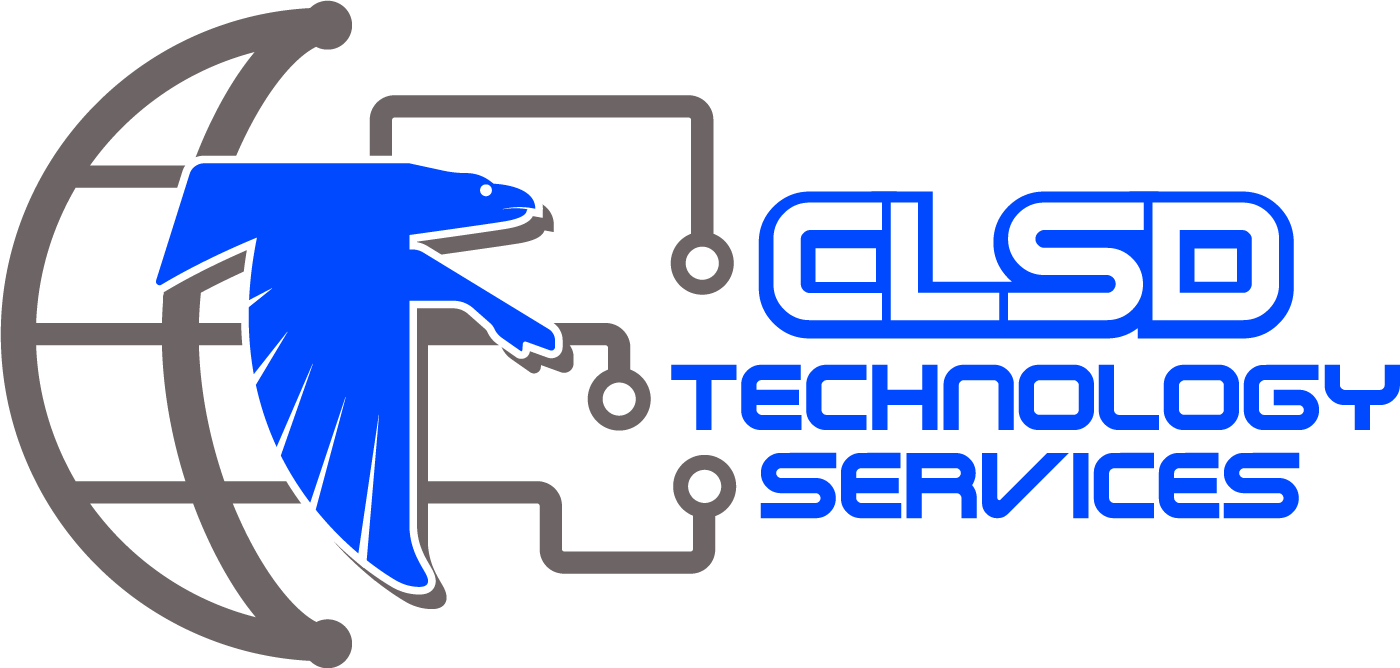Among the many challenges that we face with students learning remotely, one of the largest concerns is assessment. Although many of our assessments are available to be given to students virtually, we know that it may not be in our best interest, with concerns related to:
- Task Completion – How will the students be able to replicate the task online that they typically do by hand? These issues pop up in any subjects where items are typically handwritten or built/completed by hand.
- Cheat-Proofing the Assessment – Unfortunately, there is no full-proof way to prevent cheating from taking place at home. Any traditional assessment that asks for simple recalling of information is inviting students to look up answers while taking the assessment.
- Quality of Assessment – How will this assessment show what the students know?
As we continue to adapt to this new learning environment, we need to think about what the real reason behind delivering an assessment is. We typically think of assessment as a combination of formative and summative assessments (and diagnostic for our K-8 teachers). What does this really mean though?
Below is a graphic by Education Remagined that highlights how assessments are used:

If we take these ideas into consideration, we can begin to look at what we traditionally do and adapt it to our new learning scenarios and environments.
Considerations for Traditional Assessments
- How can you rewrite questions to make them cheat-proof?
- This will undoubtedly raise the difficulty of the question and also raise the level of the question on the Bloom’s Taxonomy Scale.
- One can make the argument that “recalling” questions should not be included in summative assessment in the day and age where information is only a click or a question to Siri away. These are probably best used in quick checks for understanding during the learning process because they don’t truly evaluate understanding of the topic and the stakes are low enough that cheating is not a concern – even if the student looks up the answer, it may reinforce that idea for the student.
- How can you get students to replicate work that traditionally is done by hand?
- Have students show work on paper, take a picture of their work, and upload the picture to Schoology. Students can submit uploaded files as assignments or as part of an assessment in Schoology.
- High school students do have computers with touch screens. Although it is not ideal for writing, students can replicate some tasks with inking. Tools such as Word, PowerPoint, OneNote, and the PDF Xchange Viewer on the kids’ machines all provide the ability for students to ink on the documents with their finger or stylus (cheap ones from the dollar store will work).
Resources for Traditional Assessments:
- Schoology Assessment Guide (The Tests and Quizzes Material Type in Schoology will Eventually Go Away)
MasteryConnect Assessments Refreshers
Rethinking Assessment
In some cases, it will not be feasible to simply replace a paper and pencil assessment with something that is delivered virtually. This can be overwhelming but really is an opportunity to redefine your assessments. How can you get students to show you what they know in a new and creative way?
We have had great dialogue with teachers over the past few weeks about this and we wanted to share ideas below. Although your class/subject may not directly apply to these couple examples, we hope that this may spark ideas for you!
- Conferencing or Video Creation – A math quiz contained general problems to solve. There are apps that exist that will solve general problems step by step automatically. The teacher was faced with a dilemma – if the quiz is completed by students at home, how will the teacher know if they actually know how to solve the problems.
- To prevent students from being able to cheat on the assessment, students were given an option to either set up time to meet with the teacher to explain how they solve the problems, or wait until the student was next in class to take the assessment on paper.
- This was a great idea to try because it gave the students a choice in how they completed the assessment, gave the teacher the opportunity to meet individually with students and truly evaluate what the student knew at that time, and provided a way to prevent the teacher from wondering if the students really knew how to solve the problems.
- Although it may not be feasible to conference with all students individually for every quiz, how can you use your resources to conference with your kids throughout the year when they are at home?
- If you don’t have time to conference with students, could your students instead record themselves explaining a topic via video? Schoology allows students to record and submit directly to an assignment. Flipgrid is also a very popular tool that allows you to collect student responses. Students can also record videos with their computers or mobile devices and upload to either location as well. Ultimately, videos and conferencing allow you to get a real understanding of what the students know.
- Project-Based-Learning/Assessment – We have had great dialogue with teachers in some subjects that are completely reimagining their assessments. Instead of relying on the traditional assessment, it may be worth exploring a project-based approach. These work well because they are less intimidating for the student and also let the students develop creative solutions for how they want to complete the project. There are also opportunities for collaboration with this as well.
- To pull off a project-based- assessment, simply start with your learning goals and essential question. Then think about how you can get your students to produce something that would show their understanding of the topic.
- Next, create a prompt, some ideas for how to complete the project, and a rubric that you can use to evaluate the learning.
- Finally, give your students time to work on their project. It works well to meet with students (individually or as a group) to check their progress and give feedback throughout the process.
- These projects can be anything you can dream up – Presentations, Videos, Skits, Website Creation, Informational Graphics (Infographics), Digital Museum/Kiosk Exhibits, Designs, Songs, Mock Lessons, Articles for a Newspaper/Blog, Letters to the Editor, Letters to a Politician, Fake Social Media Profile, etc.
- If you are struggling to replicate your idea for an assessment and want to come up with a new idea, please reach out to us! We love to brainstorm these types of innovative ideas!
Tools for Rethinking Assessment
- Collecting Student Work
- Schoology Assignments
- Schoology Discussions
- Flipgrid
- OneNote Class Notebook
- Teams Shared Documents (can put groups of students in channels so each channel has a document space)
- Grading and Feedback (you don’t necessarily need to have students turn projects into Schoology to be able to grade and use the rubrics)
Further Reading for Assessments and Project-Based Learning
- Summative Assessment with Distance Learning by Edutopia
- Strategies for Assessing Students Remotely by Carl Hooker of Tech & Learning
- Project-Based Learning: Start Here by Jennifer Gonzalez of Cult of Pedagogy



